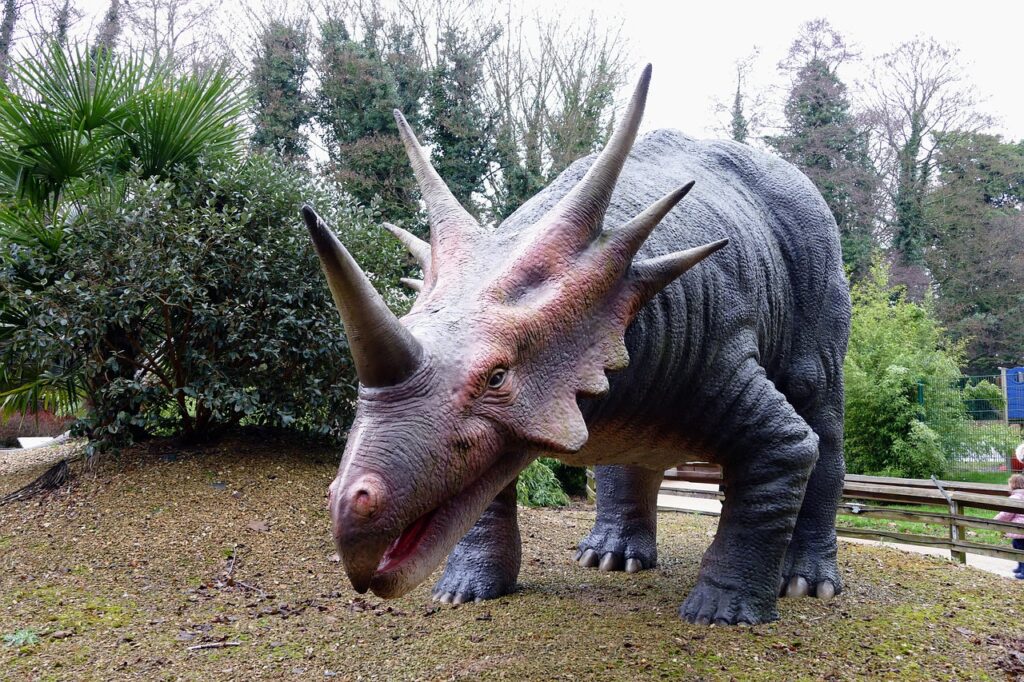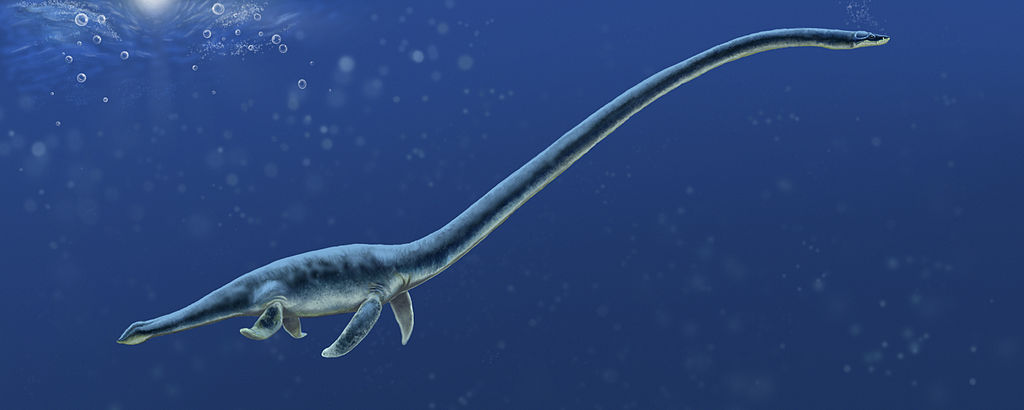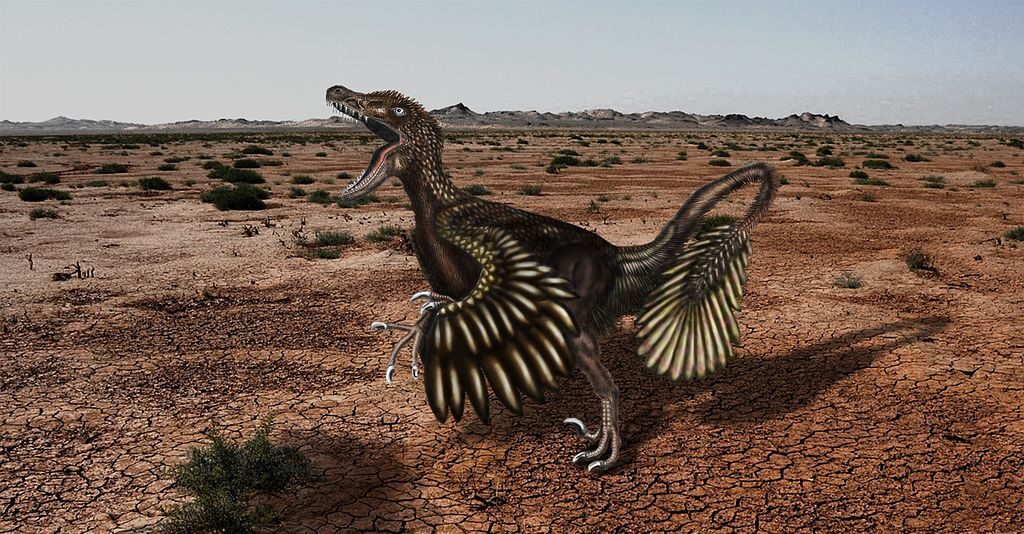Picture this: a three-horned giant roaming Montana’s ancient floodplains sixty-six million years ago, completely unaware that its species would soon become the final chapter in a story that had lasted over one hundred sixty million years. The tale of the last dinosaur isn’t just about extinction – it’s about survival, discovery, and the incredible detective work that brought us face-to-face with Earth’s final non-avian dinosaur.
Scientists have spent decades hunting for clues about which dinosaur species held the unfortunate distinction of being the very last to walk our planet. Their search led them to Montana’s Hell Creek Formation, where they discovered what may be “the youngest dinosaur known to science”. The revelation changed everything we thought we knew about how dinosaurs met their end.
The Last Dinosaur Standing
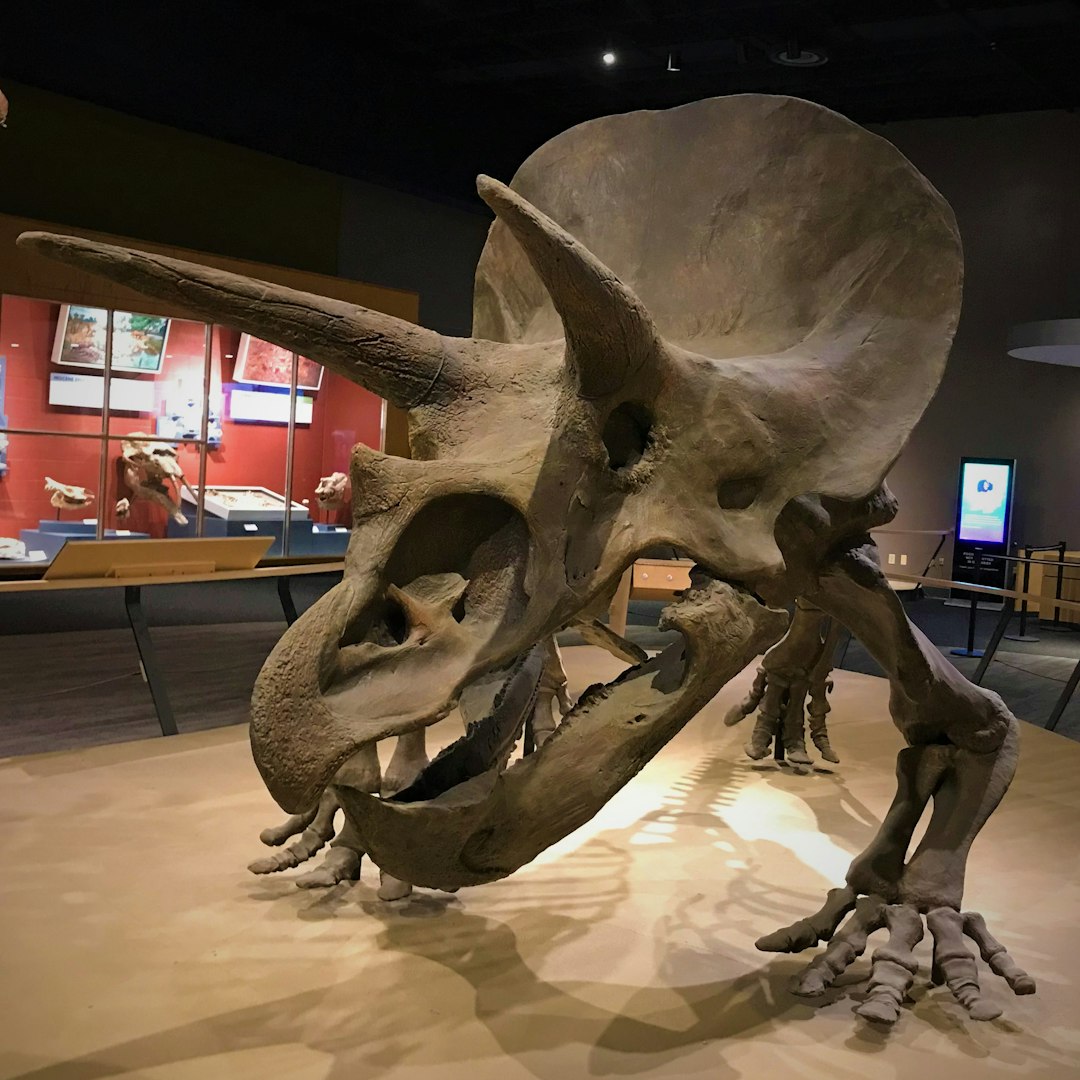
A Triceratops discovered in Montana’s Hell Creek Formation has been identified as potentially the last dinosaur standing. This wasn’t just any ordinary fossil find. Researchers discovered the fossilized horn of this ceratopsian dinosaur buried just thirteen centimeters below the K-T boundary, the geological marker that separates the age of dinosaurs from the age of mammals.
The fossil dates to sixty-six million years ago, the critical period associated with the mass extinction event that wiped out all non-avian dinosaurs. What makes this discovery so remarkable is its proximity to the extinction event itself. While scientists can’t determine the exact age of the dinosaur, it likely lived tens of thousands to just a few thousand years before the impact.
The Three-Meter Mystery
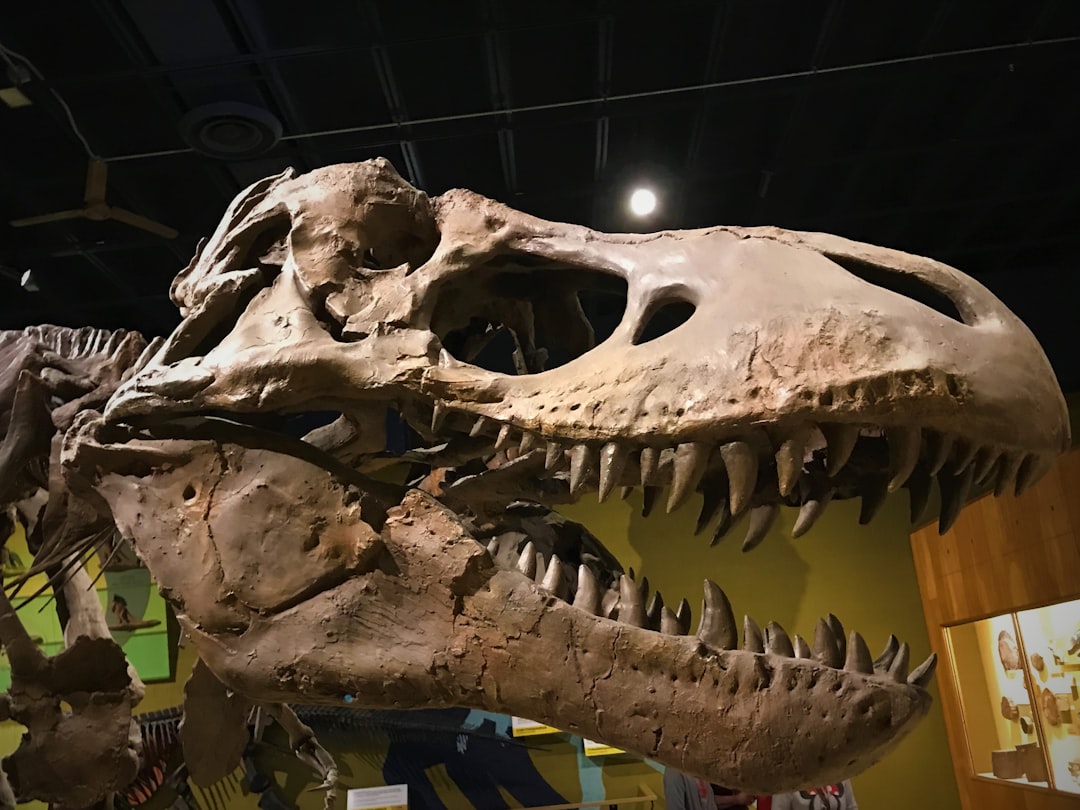
For years, paleontologists puzzled over something called “the three-meter gap” – an area beneath the K-T boundary that seemed devoid of dinosaur fossils. This mysterious gap led some scientists to believe that dinosaurs had gradually died out long before the asteroid hit Earth. The gap caused some paleontologists to question whether non-avian dinosaurs gradually went extinct sometime before the meteor struck.
However, the new fossil was found just thirteen centimeters under the K-T boundary, suggesting that dinosaurs were alive much later than previously thought. The discovery suggests the three-meter gap doesn’t exist. The specimen demonstrates that a gap devoid of non-avian dinosaur fossils does not exist and is inconsistent with the hypothesis that non-avian dinosaurs were extinct prior to the K-T boundary impact event.
A World on the Brink
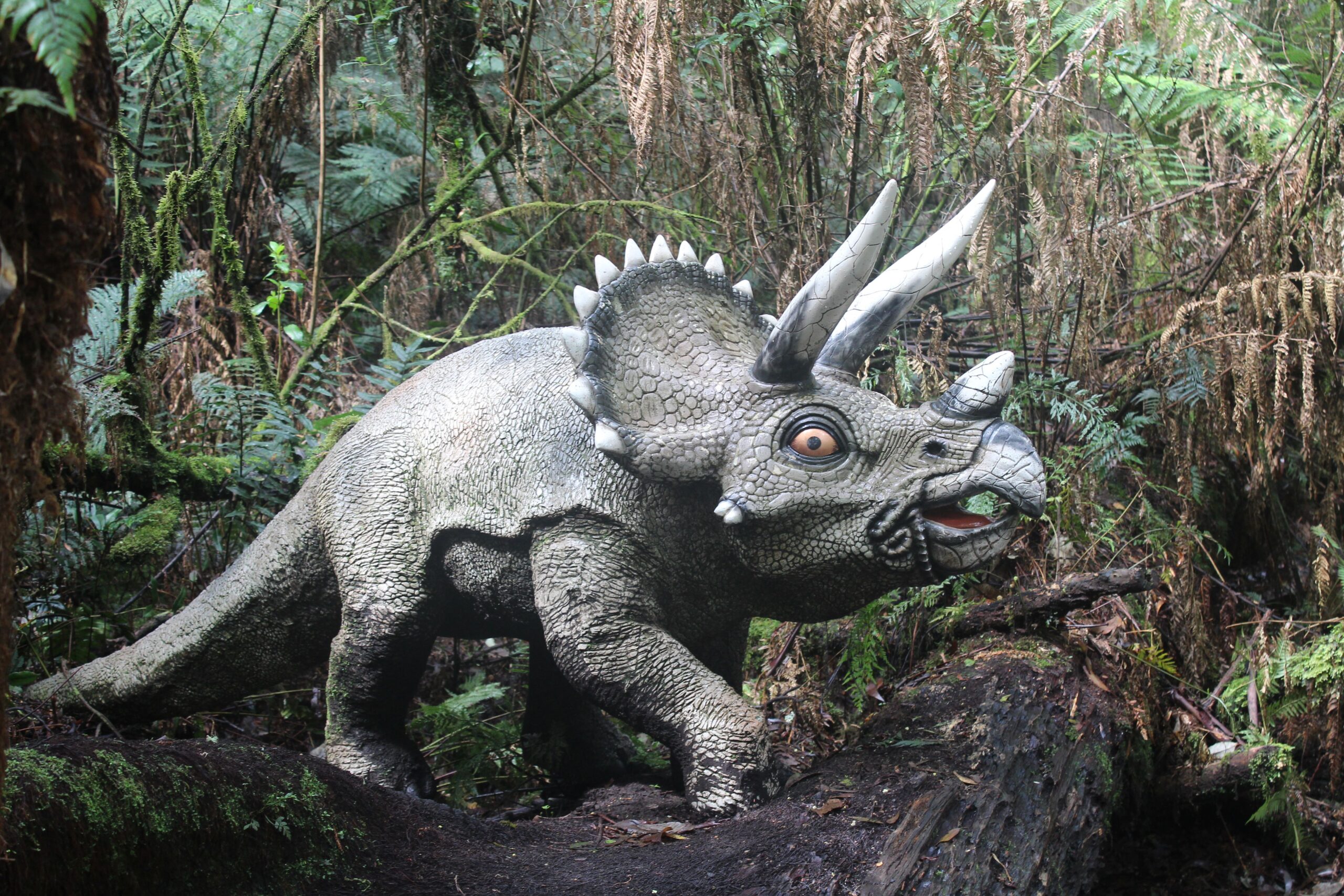
The last age of the dinosaurs is known as the Maastrichtian, which spanned around six million years and ended with the catastrophic impact. During this final chapter, Earth was a very different place. The Hell Creek Formation preserves a series of clays, mudstones, and sandstones deposited by rivers and deltas along the eastern continental margin, with a mild climate evidenced by crocodilians and palm trees suggesting subtropical conditions.
This period was when many of the most famous dinosaur species roamed the Earth, including the iconic Triceratops and Tyrannosaurus rex living in North America. In the Hell Creek Formation, Triceratops was by far the most common dinosaur at roughly two-fifths of all finds, with Tyrannosaurus second at nearly one quarter. These giants shared their world with armored ankylosaurs, duck-billed hadrosaurs, and swift ornithomimids.
The Final Moments
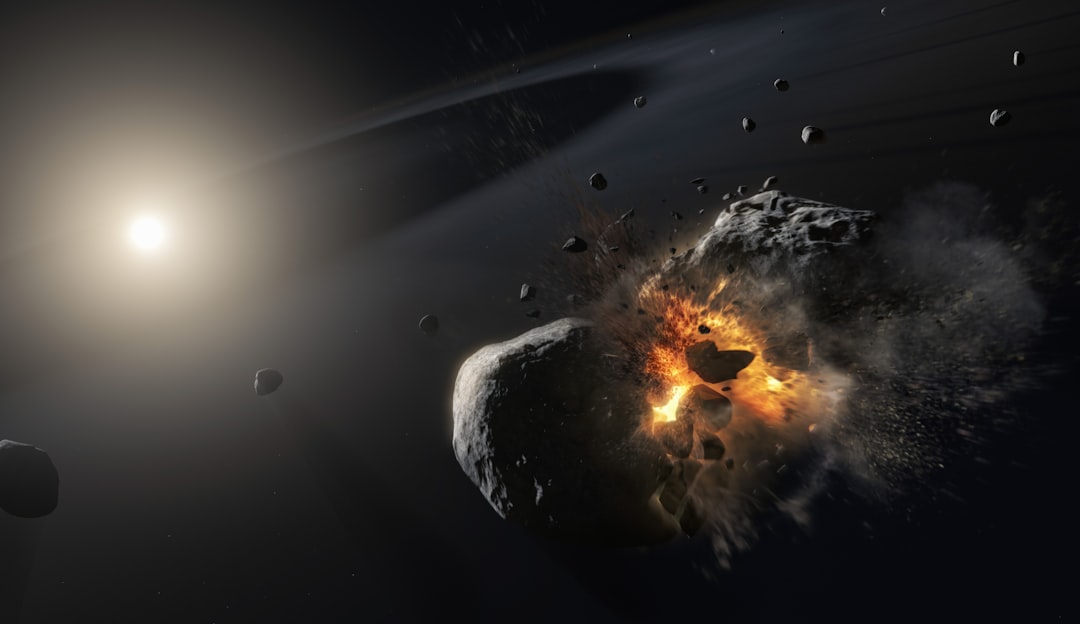
The Cretaceous-Paleogene extinction event occurred approximately sixty-six million years ago and caused the extinction of all non-avian dinosaurs. Evidence suggests a bolide ten to fifteen kilometers wide impacted the Yucatan Peninsula, creating immediate effects such as earthquakes, tsunamis, and a global firestorm. The impact wasn’t just a single devastating blow – it triggered a cascade of environmental disasters.
Within days, sulfate aerosols released from rocks at the impact site contributed to acid rain and ocean acidification, while soot aerosols spread around the world over months and years, cooling Earth’s surface and blocking sunlight. All land animals weighing over twenty-five kilograms died out. The world that had belonged to giants suddenly became a place where only the smallest survivors could endure.
Survivors and Lost Worlds
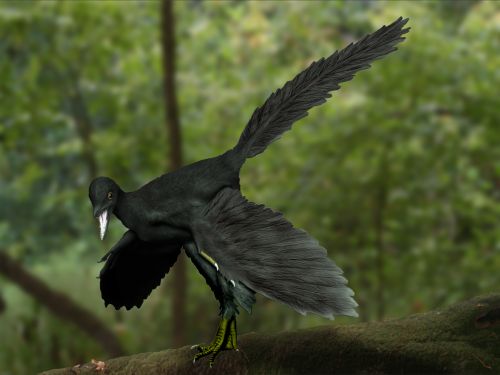
Not every dinosaur lineage perished in the catastrophe. Vegavis, a bird-like dinosaur, represents the only group to actually survive the mass extinction, resembling modern waterfowl like ducks and geese and living in relatively cool coastal areas in the southern polar region. The surviving group of dinosaurs were avians, which radiated into all modern species of birds.
It was only around fifteen million years after non-bird dinosaurs disappeared that really big mammals started to reappear during the Oligocene Epoch, when rhino-sized animals began to emerge from a world that had been filled with comparatively small animals. The dinosaurs’ reign had ended, but their legacy lived on in the skies above. More than ten thousand species of avian dinosaurs are present on Earth today.
The Detective Work Continues
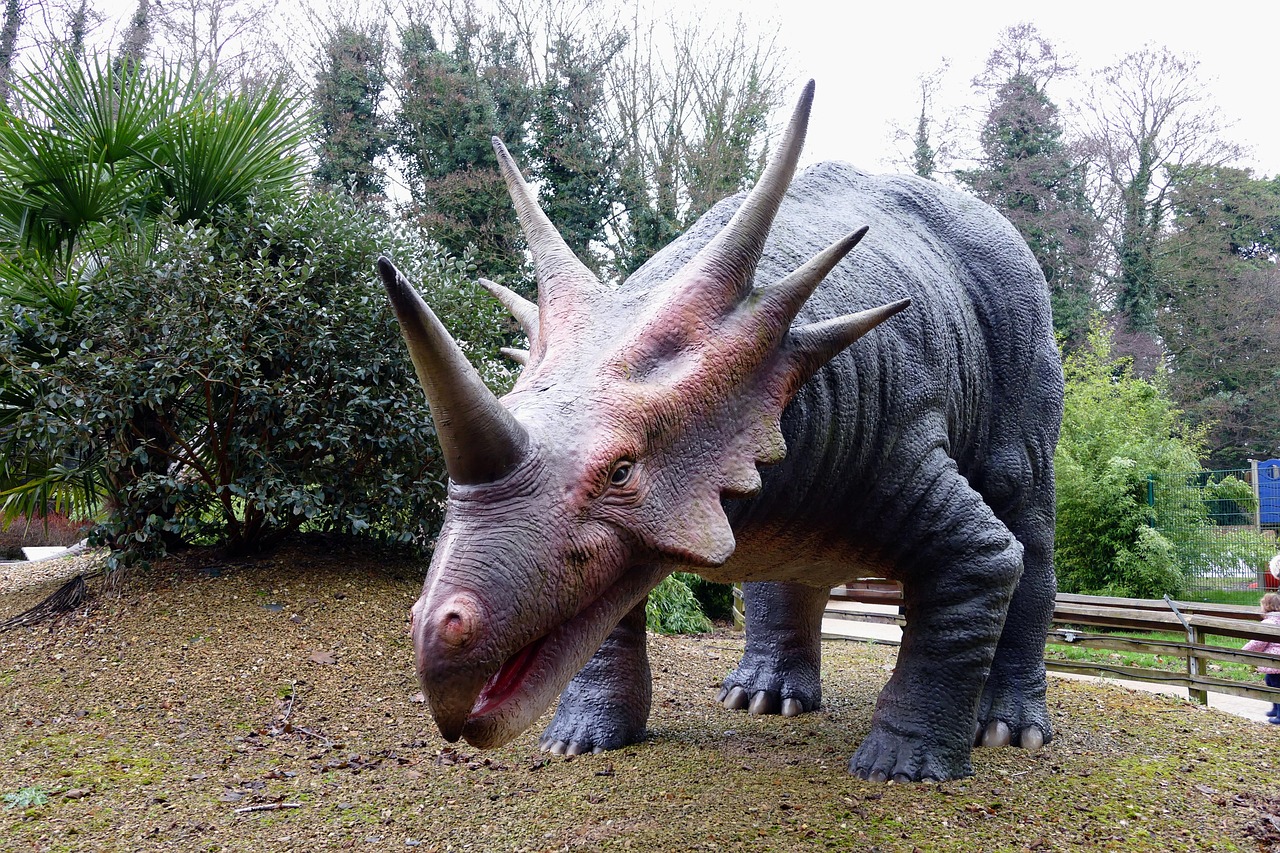
The discovery of this final Triceratops represents more than just finding the last dinosaur – it solved a scientific mystery that had puzzled researchers for decades. The finding indicates that dinosaurs did not go extinct prior to the impact and provides further evidence as to whether the impact was in fact the cause of their extinction. The fact that this dinosaur lived so close to the K-T boundary lends support to the idea that they went extinct as a result of a meteorite impact.
The research team is now examining other fossil specimens that appear to be buried close to the K-T boundary and expects to find more, suspecting that other fossils discovered in the past may have been closer to the boundary than originally thought. Each new discovery brings us closer to understanding those final days when giants walked the Earth for the last time.
The story of the last dinosaur reminds us how quickly life can change on our planet. One day, massive creatures ruled every continent. The next, only their fossilized remains bore witness to their incredible journey through deep time. What do you think – could some dinosaur species have survived if that asteroid had missed Earth by just a few minutes?

